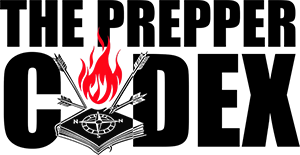
Hefty Load of Supplies Sent to International Space Station, Rocket Lands Successfully
An impressive 5,000 pounds of cargo was successfully launched towards the International Space Station in the early hours of a recent Sunday morning. The mission marked the 33rd resupply operation by a prominent space exploration company, referred to as CRS-33.
Launched from the coastal region of Florida at the notable Space Launch Complex 40, the hefty cargo was loaded onto a robotic Dragon capsule, which was propelled by a Falcon 9 rocket. The lift-off marked the beginning of yet another resupply mission for the continually inhabited orbiting science lab.
Rocket Returns Home
Less than nine minutes after the successful launch, the first stage of the Falcon 9 rocket made its way back to Earth, landing safely on a remote-controlled drone ship located in the Atlantic Ocean. This particular booster has proven its reliability, accomplishing its seventh landing.
Should everything go according to plan, the Dragon capsule carrying CRS-33 will dock at the International Space Station's Harmony module's forward port. The anticipated rendezvous is expected to be broadcast live, with the docking operation scheduled to take place early in the morning.
Reboosting the Space Station
The Dragon spacecraft is also scheduled to perform a "reboost demonstration" at the International Space Station. This process involves firing its thrusters to lift the space station higher in its orbit. Such reboosts are essential due to the minimal drag the space station experiences from Earth's atmosphere while orbiting approximately 250 miles above the surface. This slight resistance necessitates periodic boosts to maintain the space station's operational altitude.
Until now, these reboosts were typically performed by Russian Progress spacecraft. However, with the potential withdrawal of Russia from the International Space Station program in the near future, American cargo ship suppliers have been tasked with demonstrating the reboost process.
What’s Inside the Cargo?
Resupply missions like CRS-33 are conducted regularly to ensure the crew aboard the International Space Station has fresh food, ample supplies, and new equipment for their ongoing scientific investigations. This recent mission was no exception, with a significant amount of cargo delivered.
Among the diverse cargo included were several innovative experiments. These encompassed stem cells for investigating bone loss prevention, materials for 3D printing medical implants aimed at advancing treatments for nerve damage, bioprinted liver tissue to study blood vessel development in microgravity, and supplies for 3D printing metal cubes in space.
Return Journey
The Dragon capsule is expected to remain docked at the International Space Station until December. Upon its departure, the capsule will be loaded with cargo and completed science experiments, ready for shipment back to Earth. The spacecraft's return trip will conclude with a splashdown in the Pacific Ocean off the coast of California.
